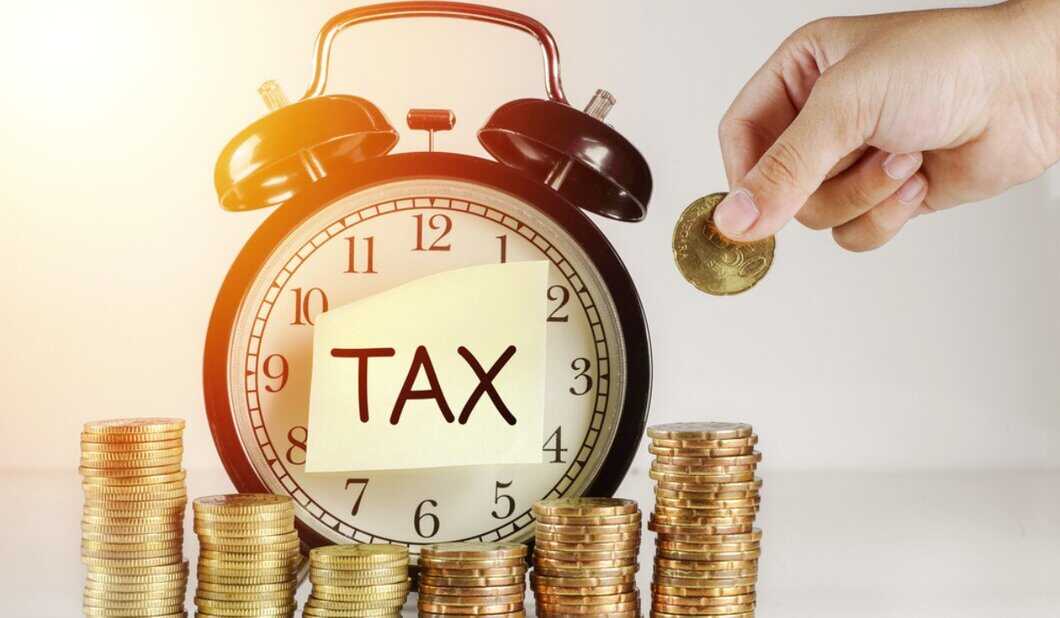7 Crore+ Customers

Affordable Premium

7 Crore+ Customers

Affordable Premium



The Madhya Pradesh Value Added Tax Act of 2002 lays down the rules and regulations regarding VAT in Madhya Pradesh. While there have been several amendments, its idea remains the same. It is a tax under the Central Government of India levied on producers of goods, products, and materials.
Are you still confused about this concept? Keep reading this article to find out all about it.
Values Added Tax (VAT) is a popular tax levied on goods and services across countries. In simple terms, a consumption tax levied on each step of the supply chain adds value to goods production. Calculating VAT payable depends on the difference between the product prices from the price of materials already taxed.
According to the Madhya Pradesh VAT Act, VAT rates are different for various products. In this regard, the state government has divided the products into four schedules. These are listed below.
Schedules |
Applicable Goods |
VAT Rates in Madhya Pradesh |
Schedule I |
Agricultural equipment |
Nil |
Food from animal husbandry (poultry or fish) |
||
Coarse grains (excluding wheat and rice), |
||
Fruits and vegetables |
||
Schedule II |
Precious metals and stones (gold, silver, diamond, etc.) |
1% |
Edible oil |
||
Different types of flour |
||
Schedule III |
Goods used as structures (bridges, utensils, etc.) |
5% |
Automated and non-manual agricultural equipment |
||
Schedule IV |
Goods that do not fall under the above categories |
13.5% |
Extra |
Cola products |
15%-22.5% |
Plastic bags |
||
Cigarettes |
If a business has an annual turnover that exceeds ₹5 lakh, it is liable to pay the VAT to the government. They must register for VAT and include tax rates on the market price range of their products and services. According to the law, the following dealers shall have to pay this tax.
Now that you know the Madhya Pradesh VAT rules, you must be curious to know the right steps to apply for it. The following steps can be beneficial if you are planning to apply online.
Step 1: Visit the official website of MP Tax. Click on the “PT Registration” link.
Step 2: Complete this registration form with all your details. Upload all the required documents.
Step 3: Pay the registration fees. You will receive a temporary VAT registration number after completing this procedure.
Step 4: Keep checking the status of your registration on this website. After this verification, you will receive a Permanent VAT registration number.
If you are more comfortable with the offline procedure, here are some steps to complete the VAT registration.
Step 1: Download Form VAT 100 from the official website. Fill it with all the required details.
Step 2: Bring this form and other documents and submit them to the functional local VAT office. Wait for the authorities to complete their inspection.
Step 3: Pay a professional fee deposit once their inspection is over. You will then receive your unique TIN and your certificate within a day.
A dealer must submit VAT registration fees and the Professional Tax fees to complete a VAT registration process. The following table discusses the fees for different levels of business.
Types of Fee |
Levels of Business |
Fee |
VAT registration fee |
All |
₹500 |
Professional Tax fees |
Sole proprietorship |
₹1,000 |
Partnership |
₹1,000 for each partner |
|
Private Limited / Limited |
₹2,500 |
|
Businesses with turnover up to ₹2 lakh |
₹2,000 |
|
Businesses with turnover between ₹2 Lakh-₹10 Lakh |
₹3,000 |
|
Businesses with turnover between ₹10 Lakh-₹25 Lakh |
₹6,000 |
|
Businesses with turnover over ₹25 Lakh |
₹10,000 |
You can file for a VAT return after getting a permanent Tax Identification Number (TIN). The following steps can be beneficial in this context.
Step 1: Visit the official website of MP Tax and log in to your account. Download Form 10 and extract these files on your device.
Step 2: Start filling out this form and importing data in the annexures. Click on “Download Dealer Utility Tool – Returns”.
Step 3: Use this tool to create an XML file with all the imported VAT receipts in the Excel template. Upload the form with all the other documents.
Step 4: Download and print its receipt for future references.
There are certain differences between GST and VAT. Even though both are associated with goods and services, one should maintain the differences between the two. The following factors can help you distinguish their purposes.
|
Parameters |
VAT |
GST |
|
Introduction |
Government introduced VAT in 2005. |
GST was recently introduced in 2017. |
|
Rates |
Taxation rates under VAT differ from one state to another. |
GST rates are uniform for all the states in India. |
|
Authority |
The state government has total authority over its collection and maintenance. |
Both central and state governments have equal authority over GST. |
|
Responsibility of collection |
Responsibility for tax collection lies with the seller. |
Responsibility of tax collection is with the consumer state. |
|
Benefit of input tax credit |
It provides a benefit of Input Tax Credit on the supplies |
There is no benefit of Input Tax Credit on the supplies. |
Apart from these differences, the differences in tax rates can also be observed. VAT rates are already mentioned above. GST, on the other hand, starts from 10% for the annual income of ₹5 lakh-₹7.5 lakh. Moreover, those earning between ₹7.5-10 lakh can pay up to 15%, while those earning between ₹10 lakh and ₹12.5 lakh must pay a GST of 20%.
Therefore, one can conclude that the VAT in Madhya Pradesh is an important employment tax. However, there are multiple rules and regulations associated with it. Hopefully, this article will give you a better understanding of the entire concept.